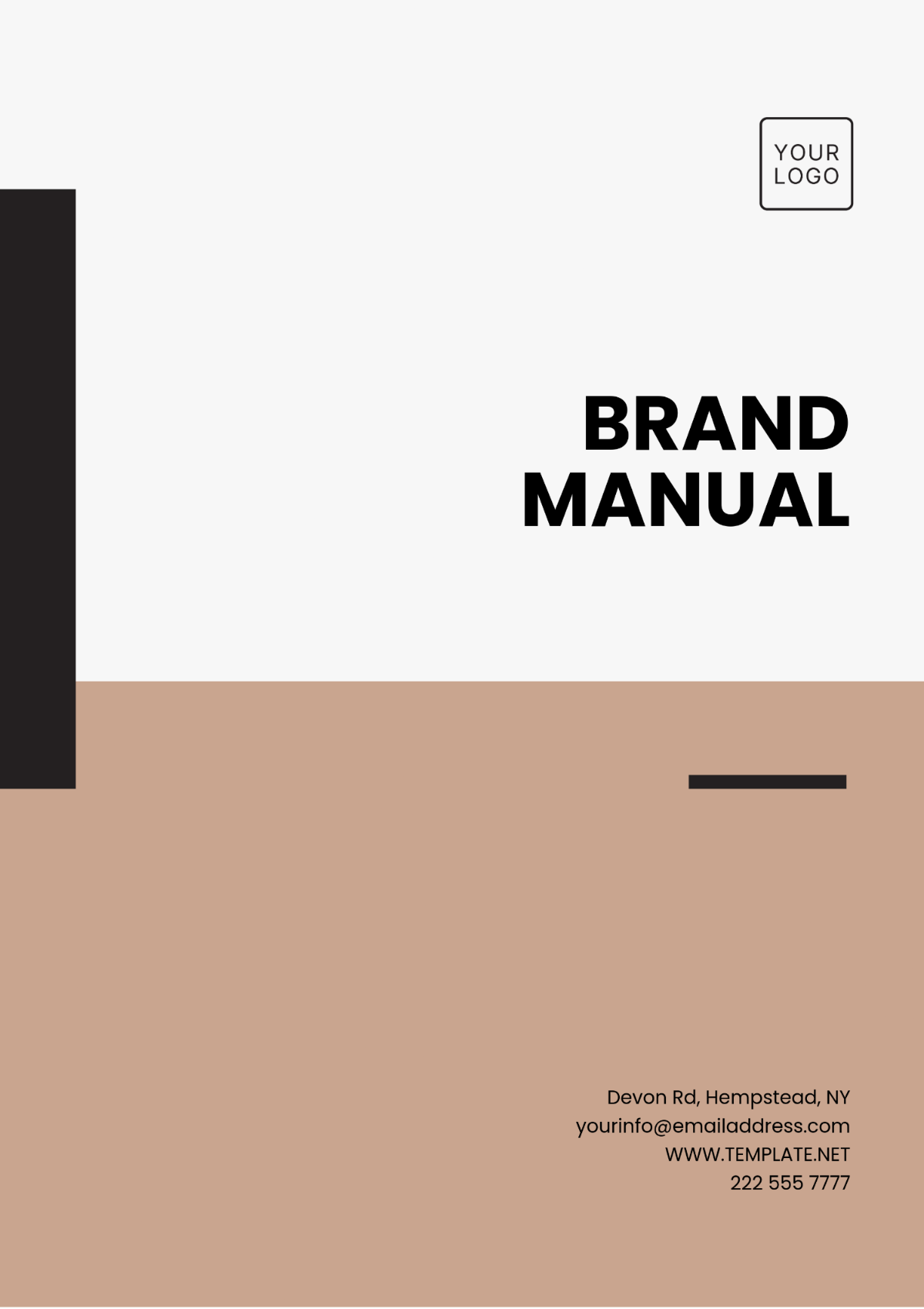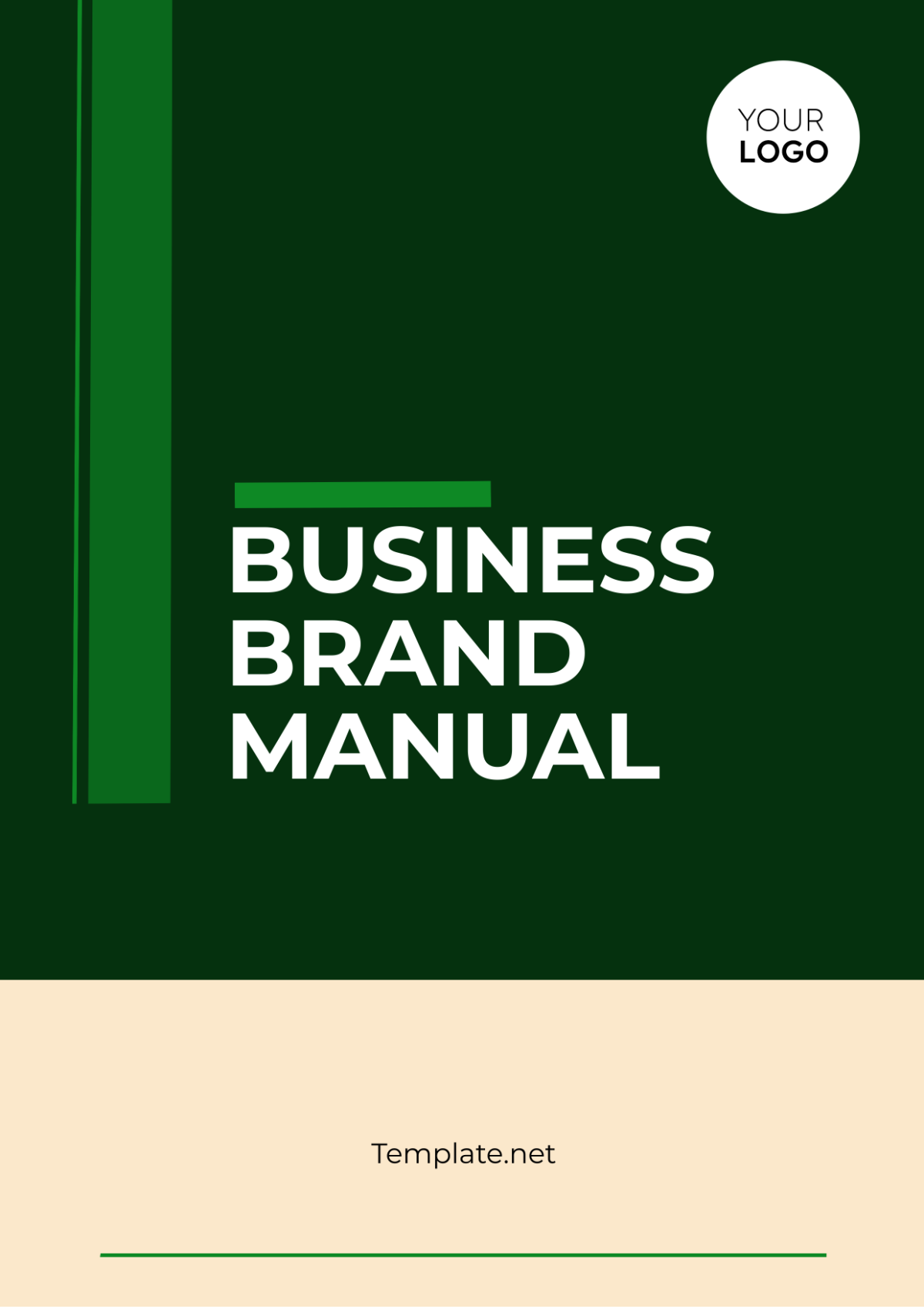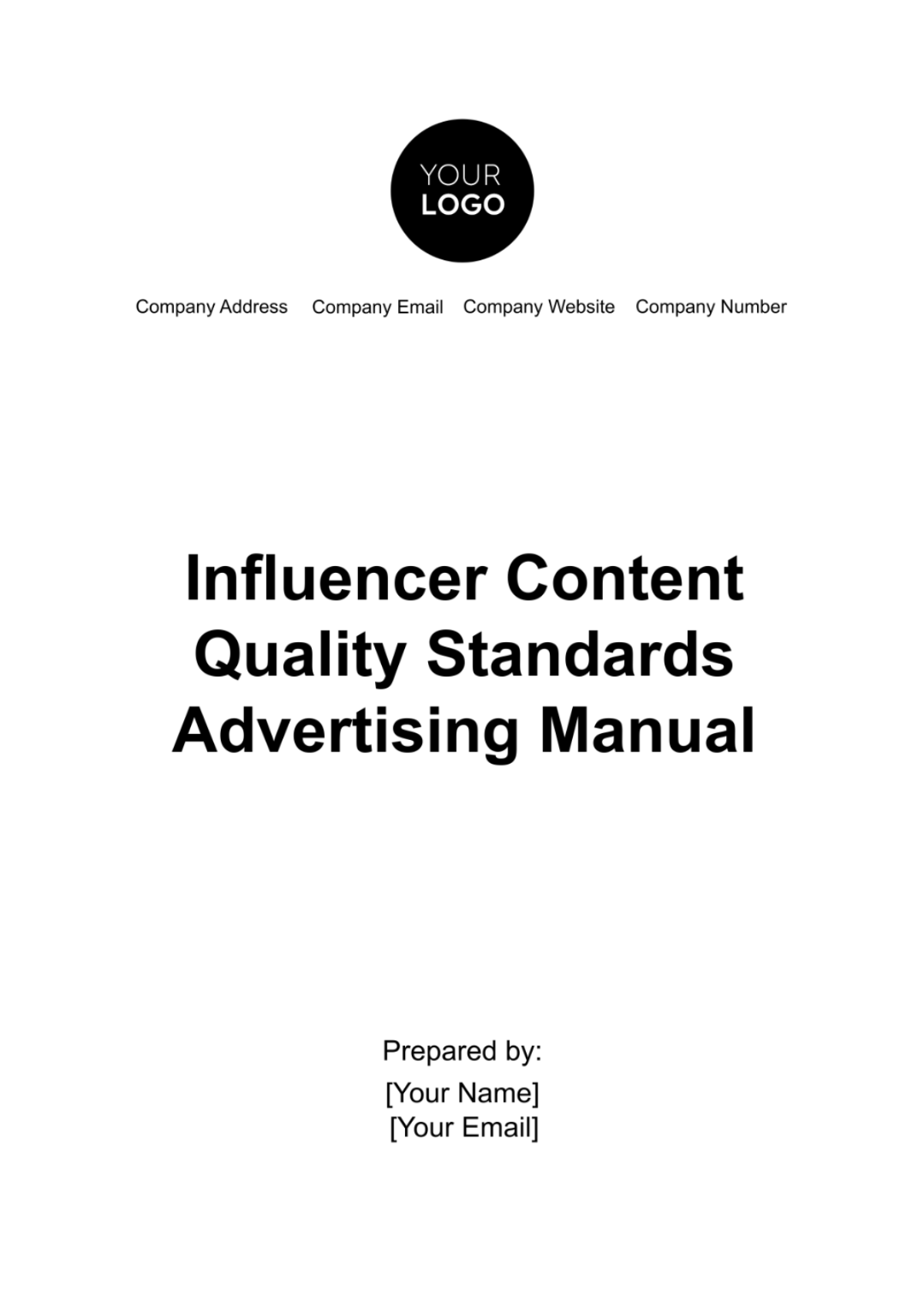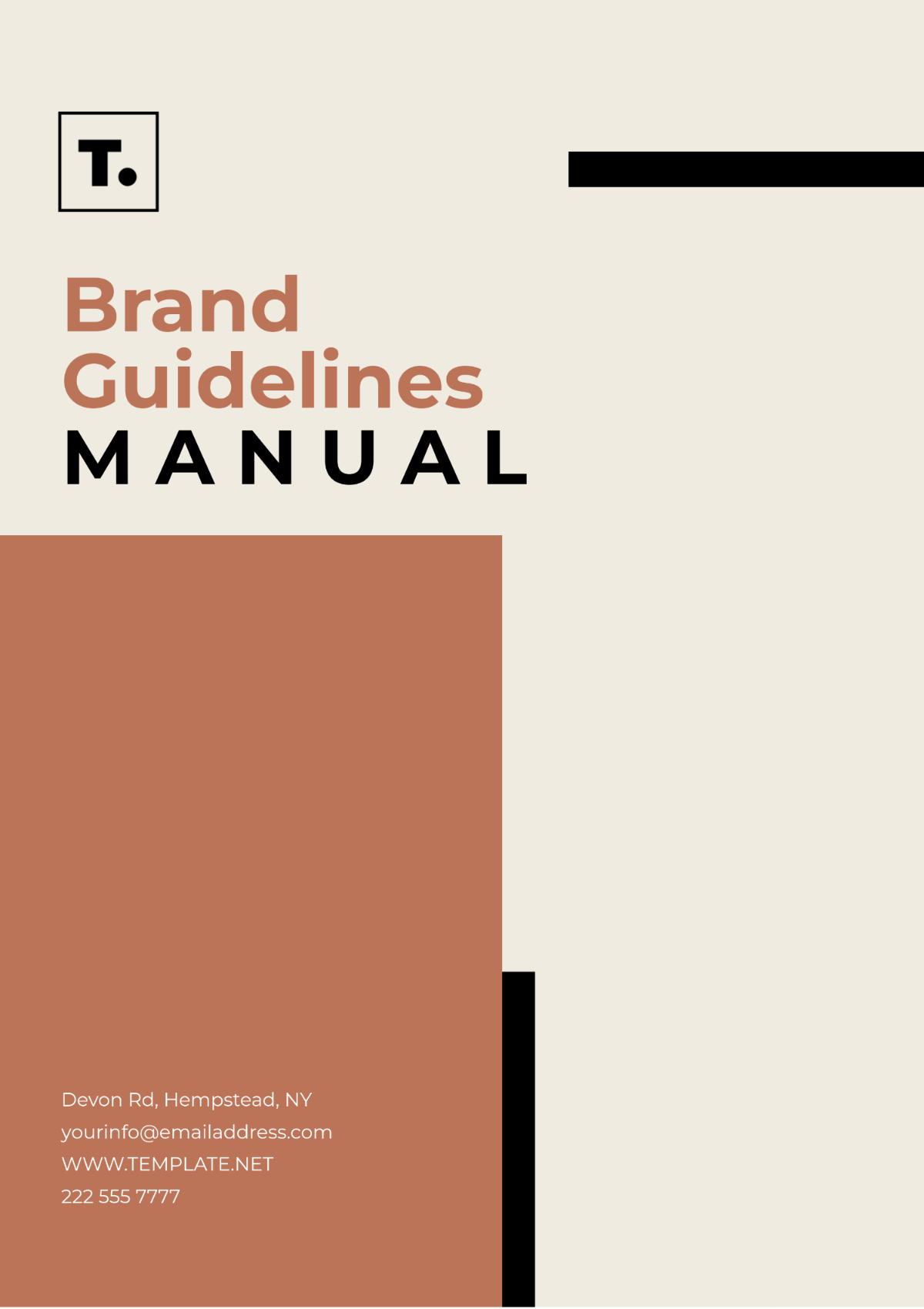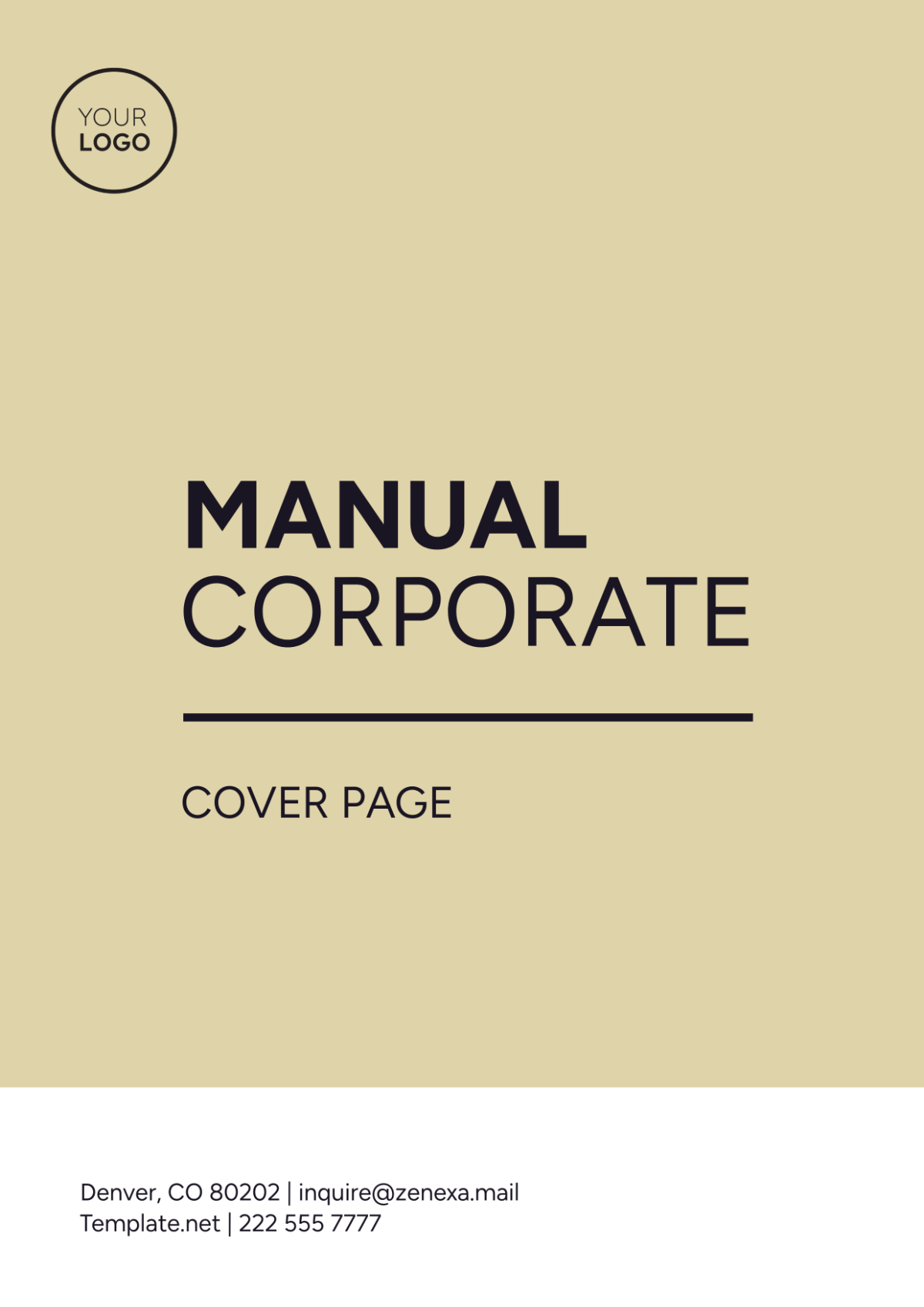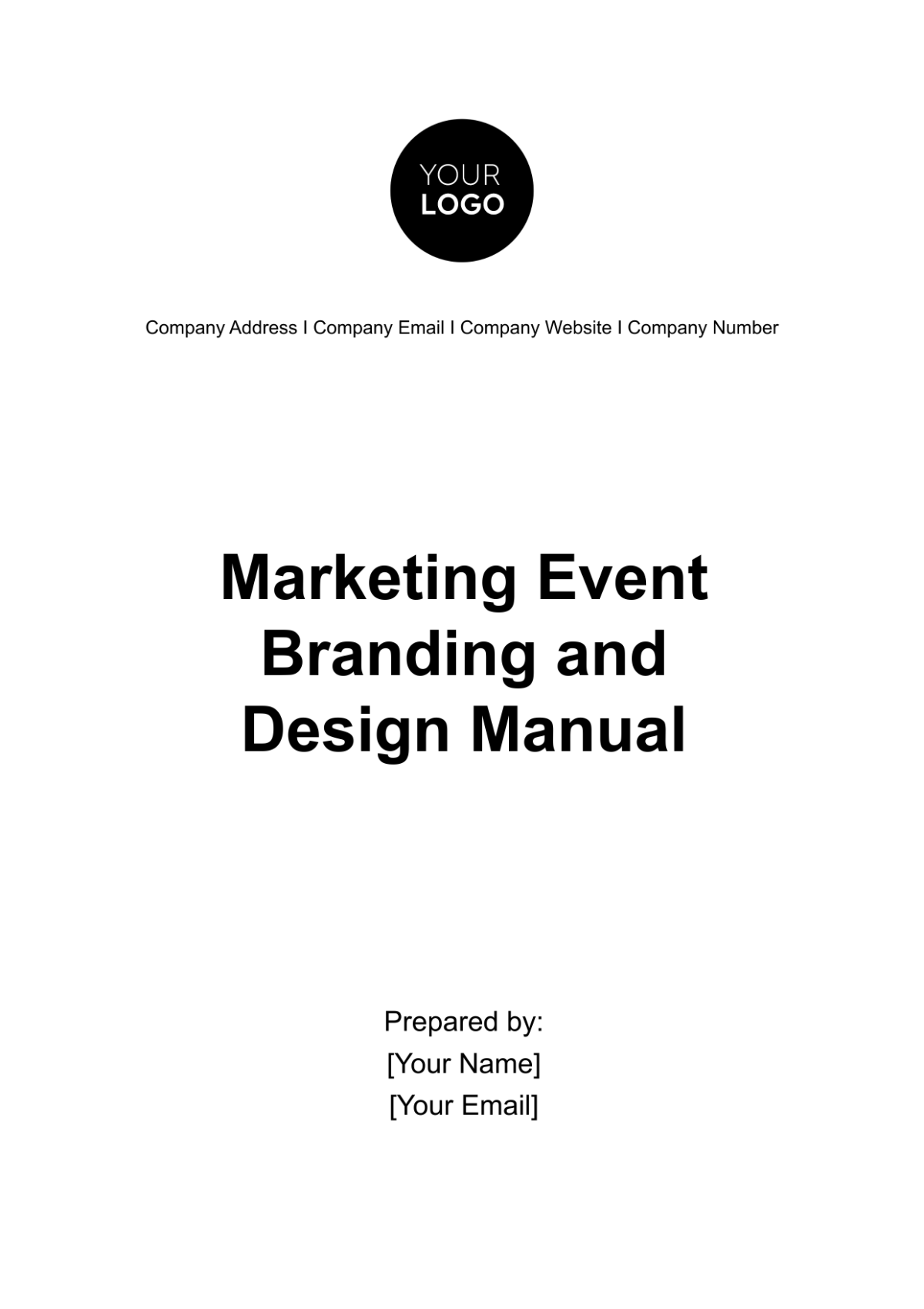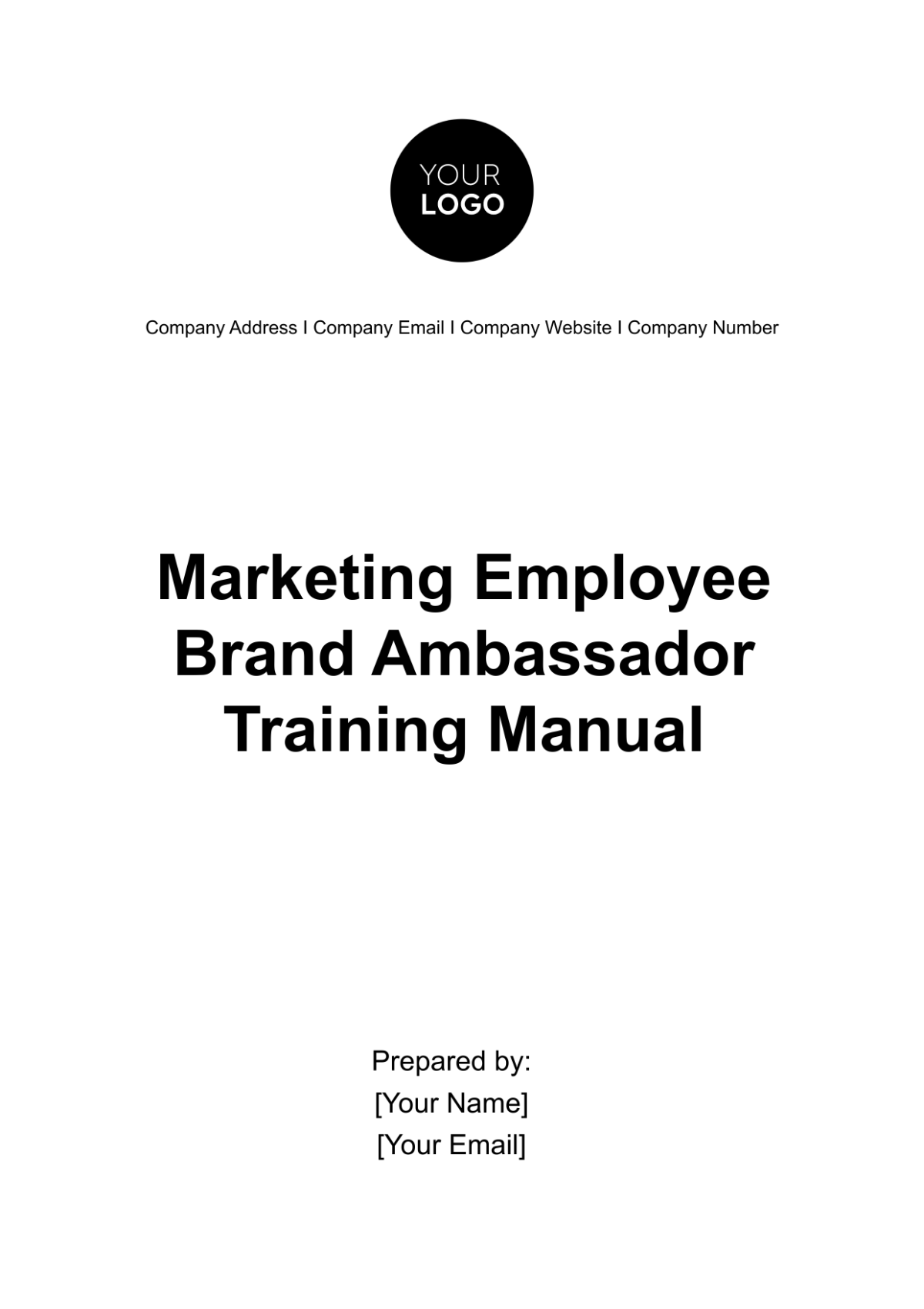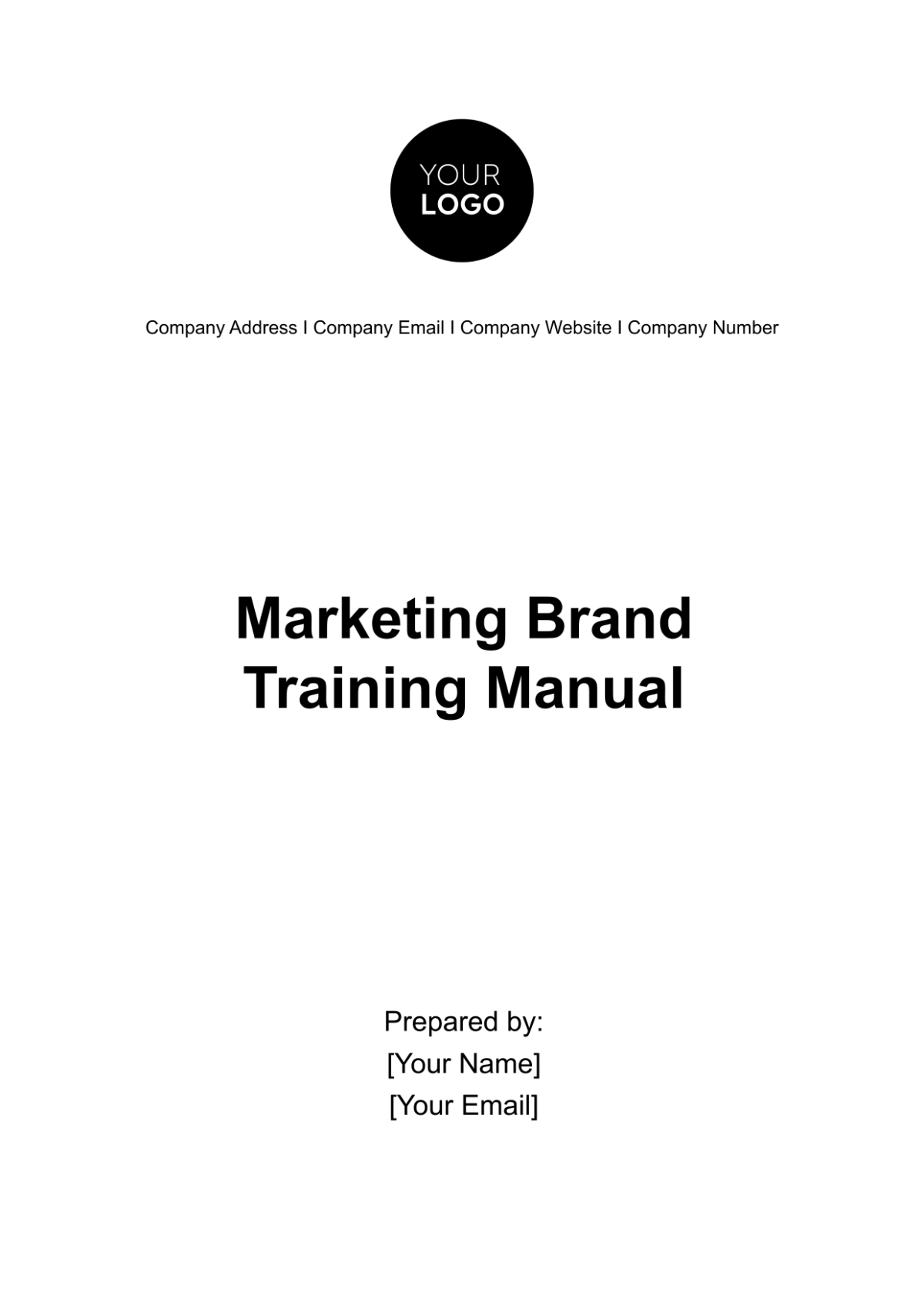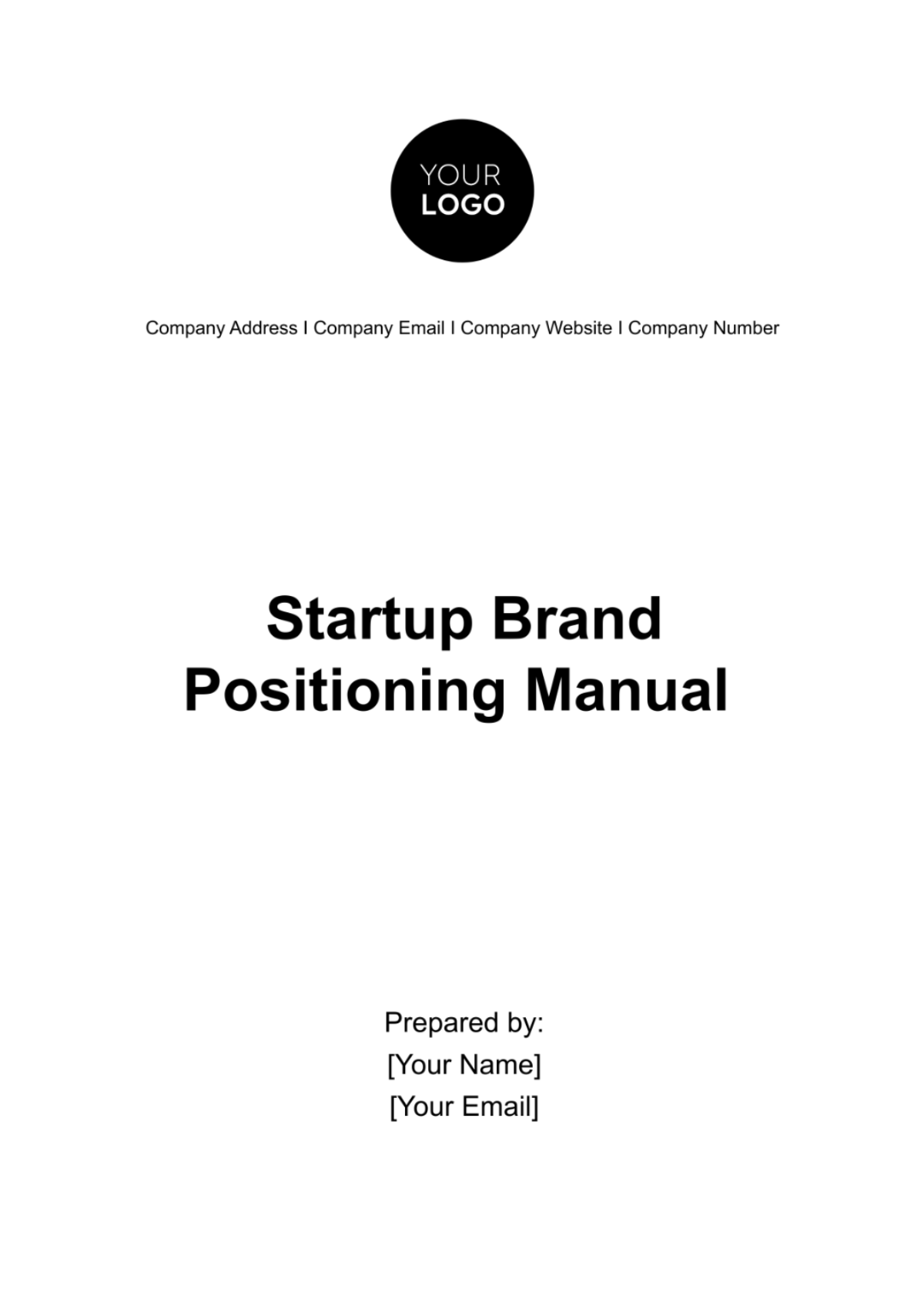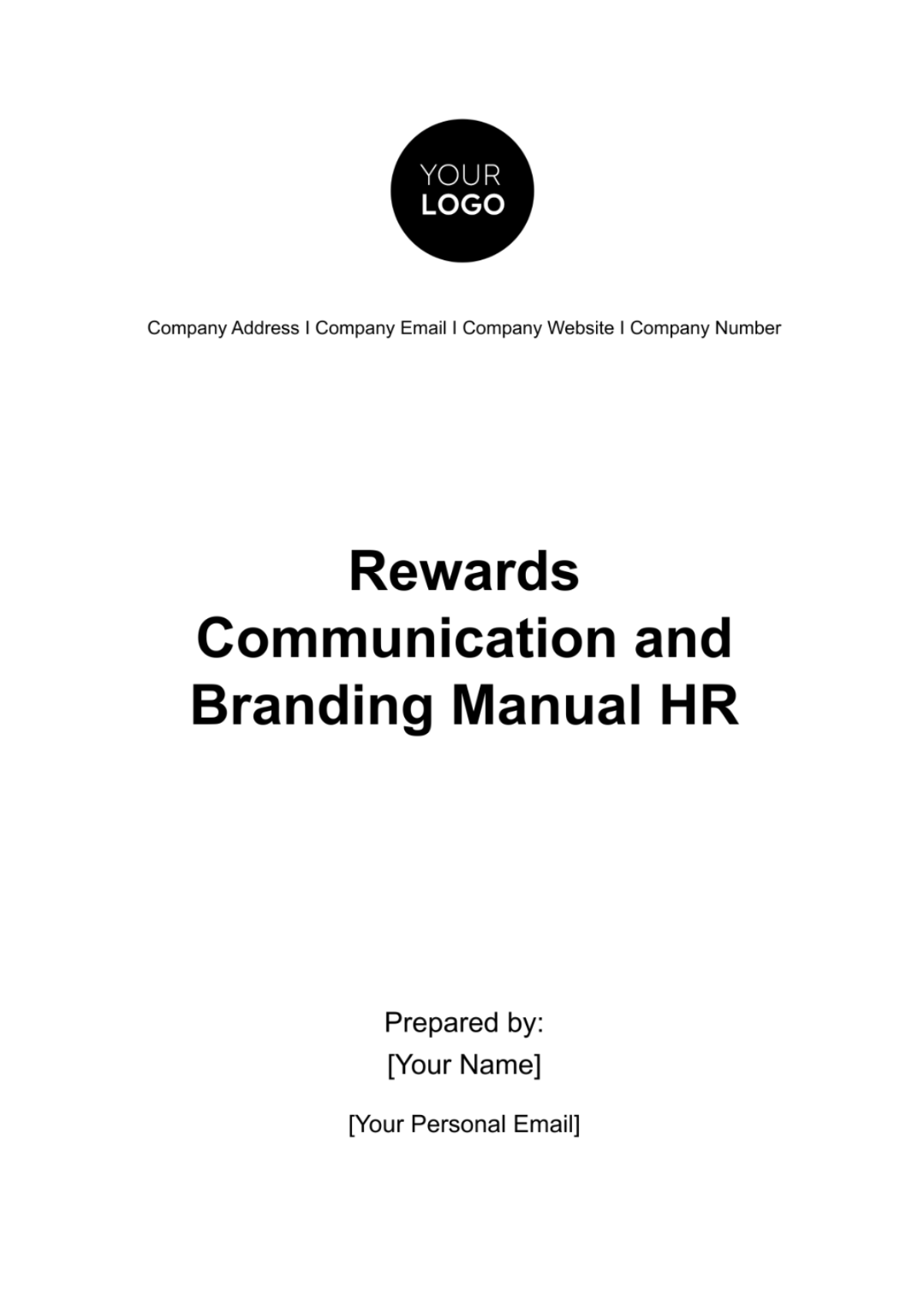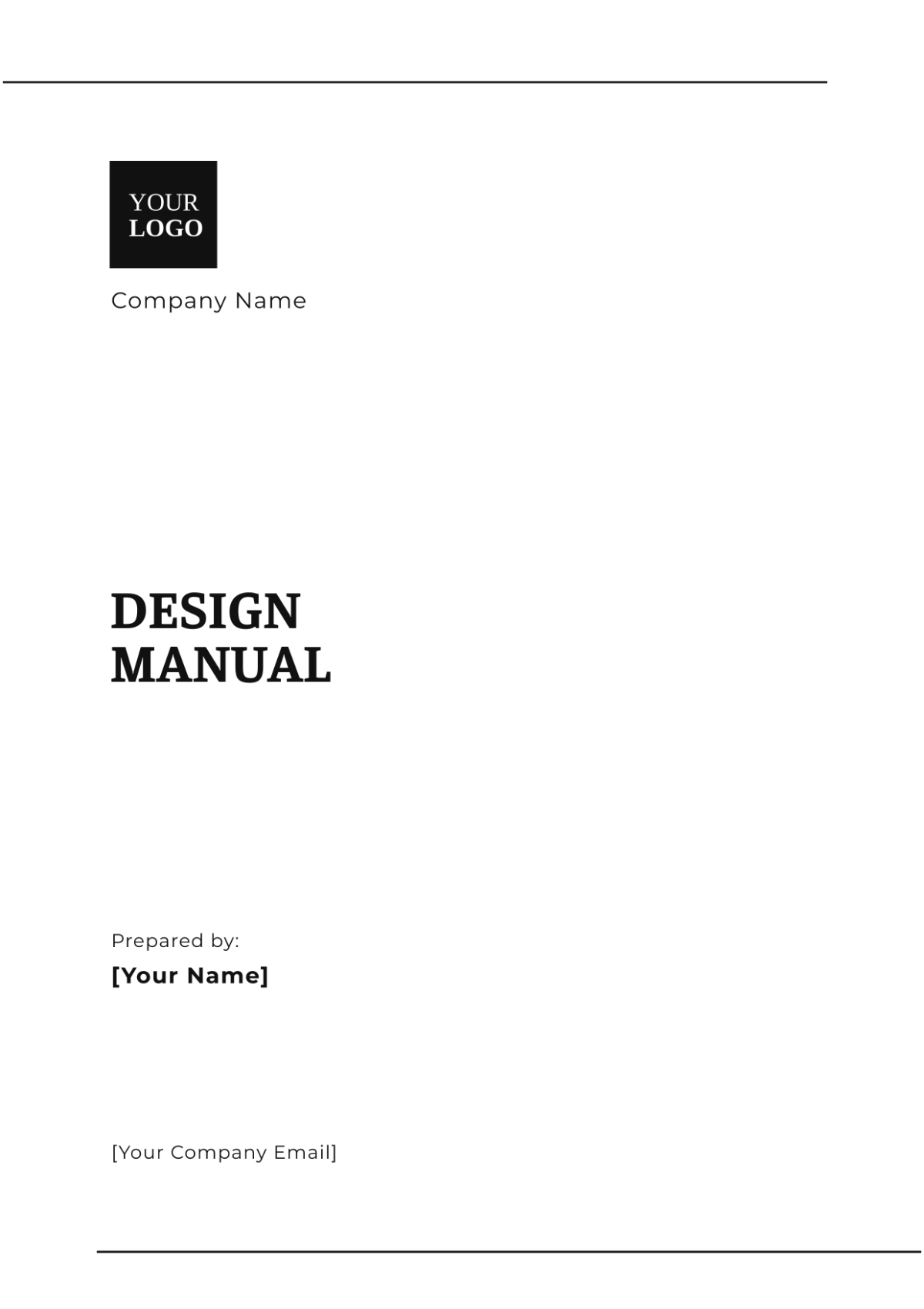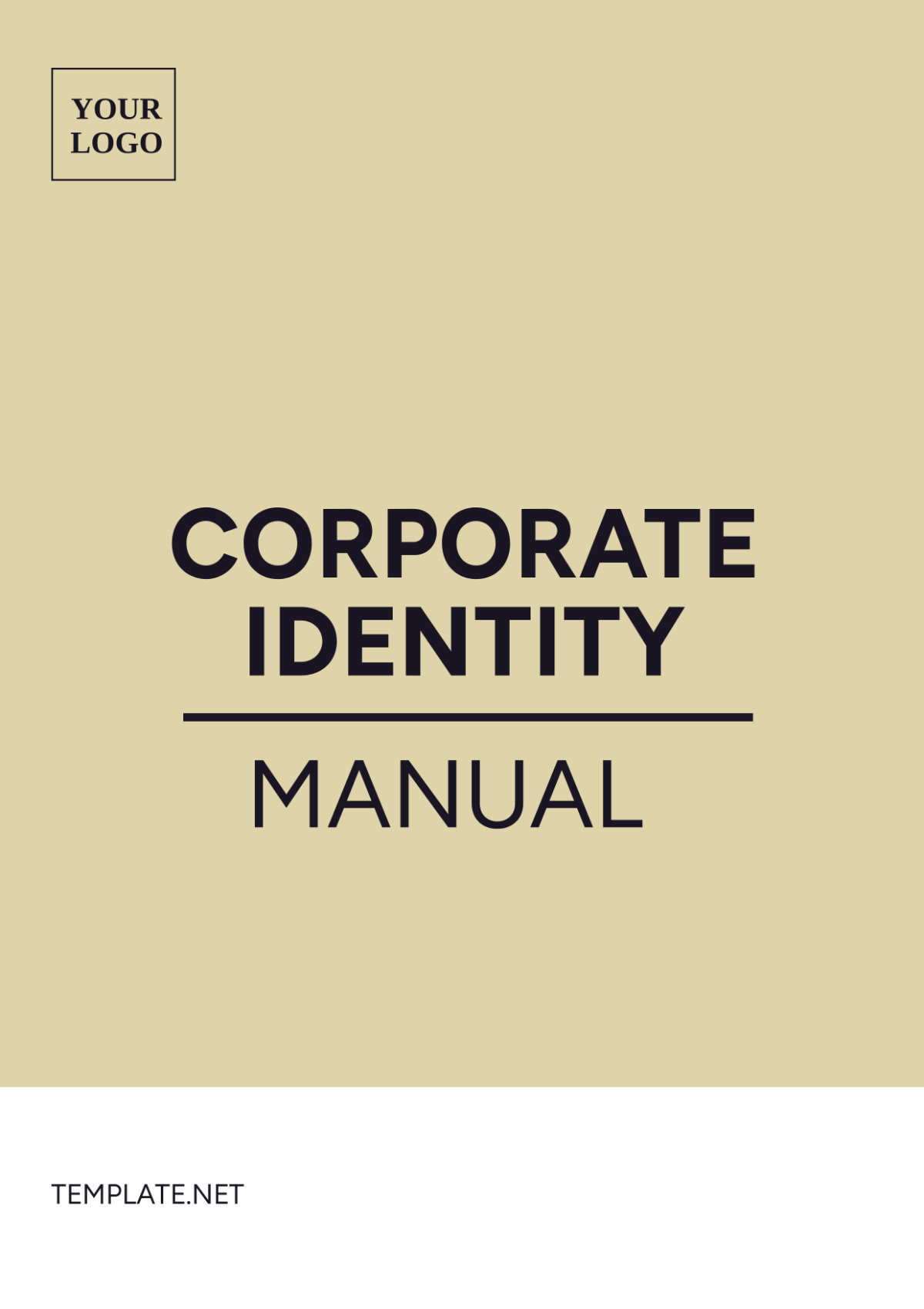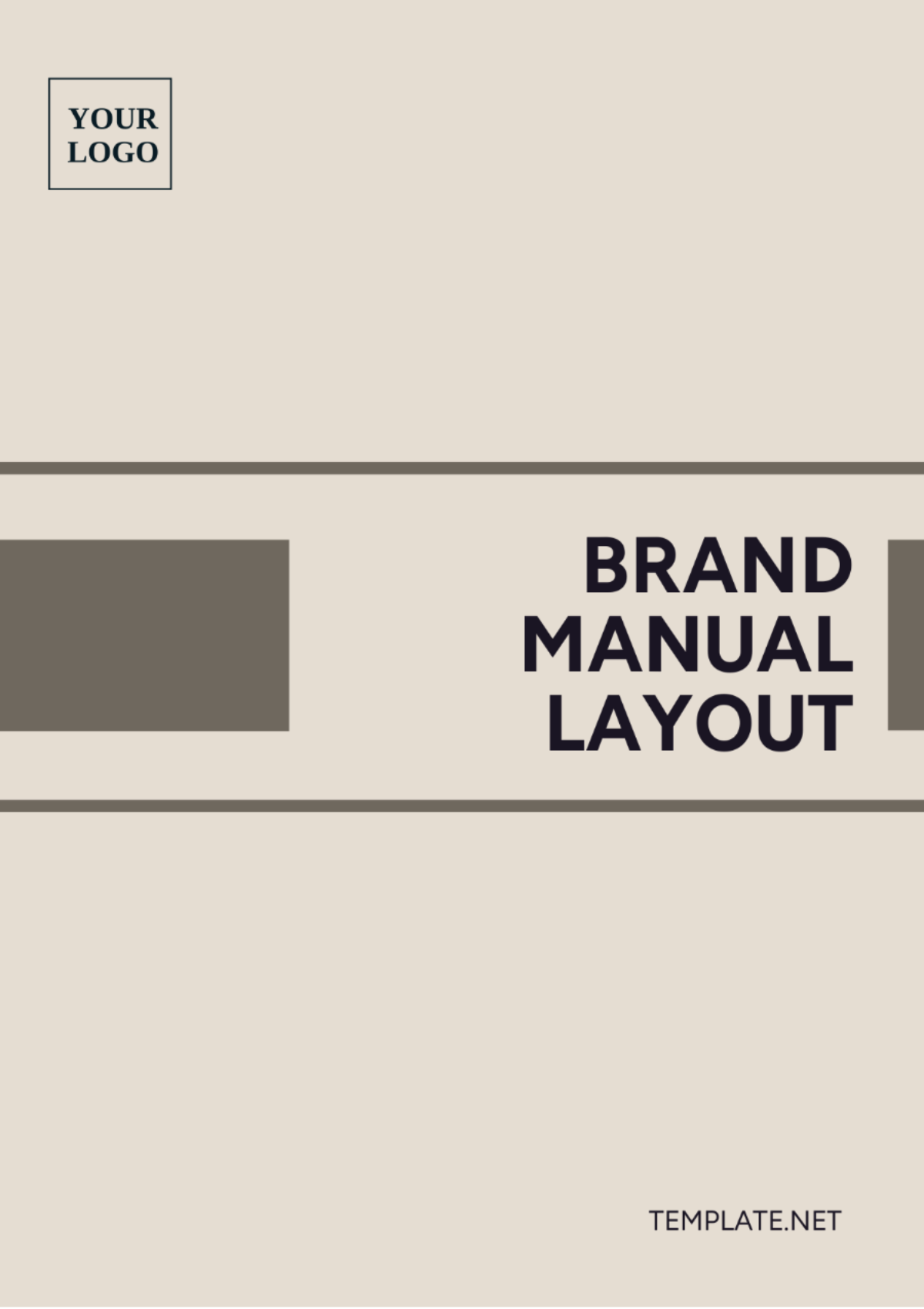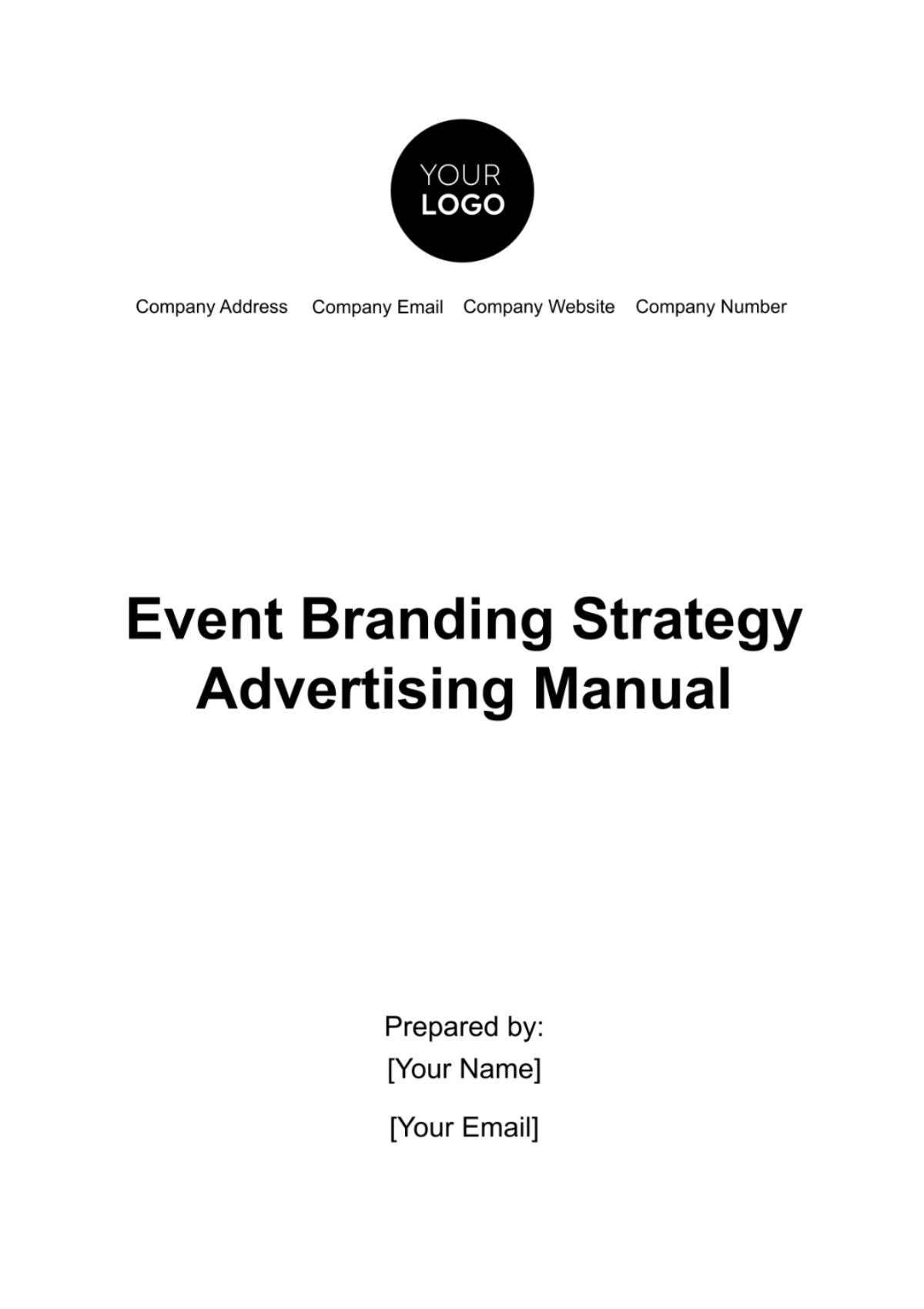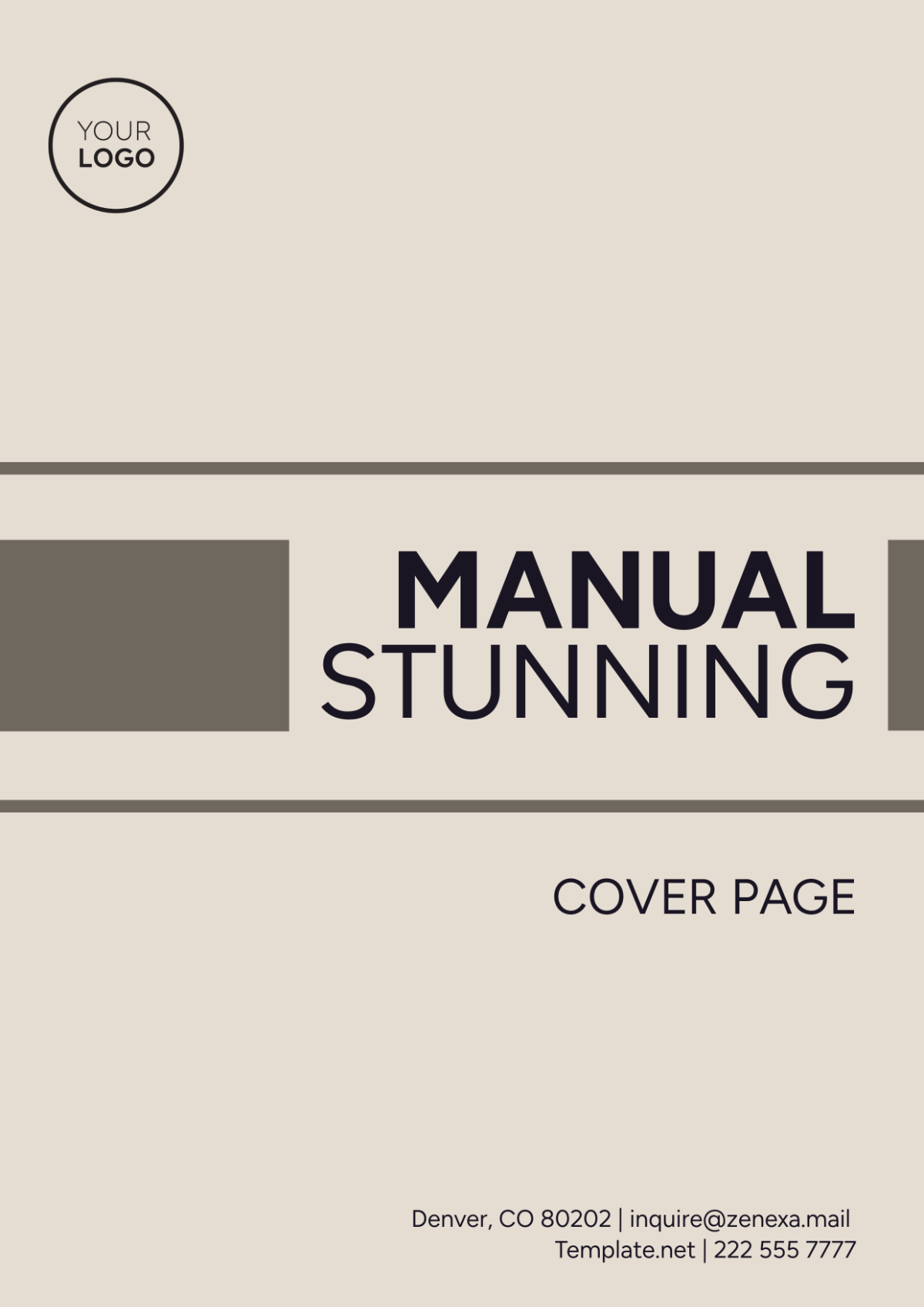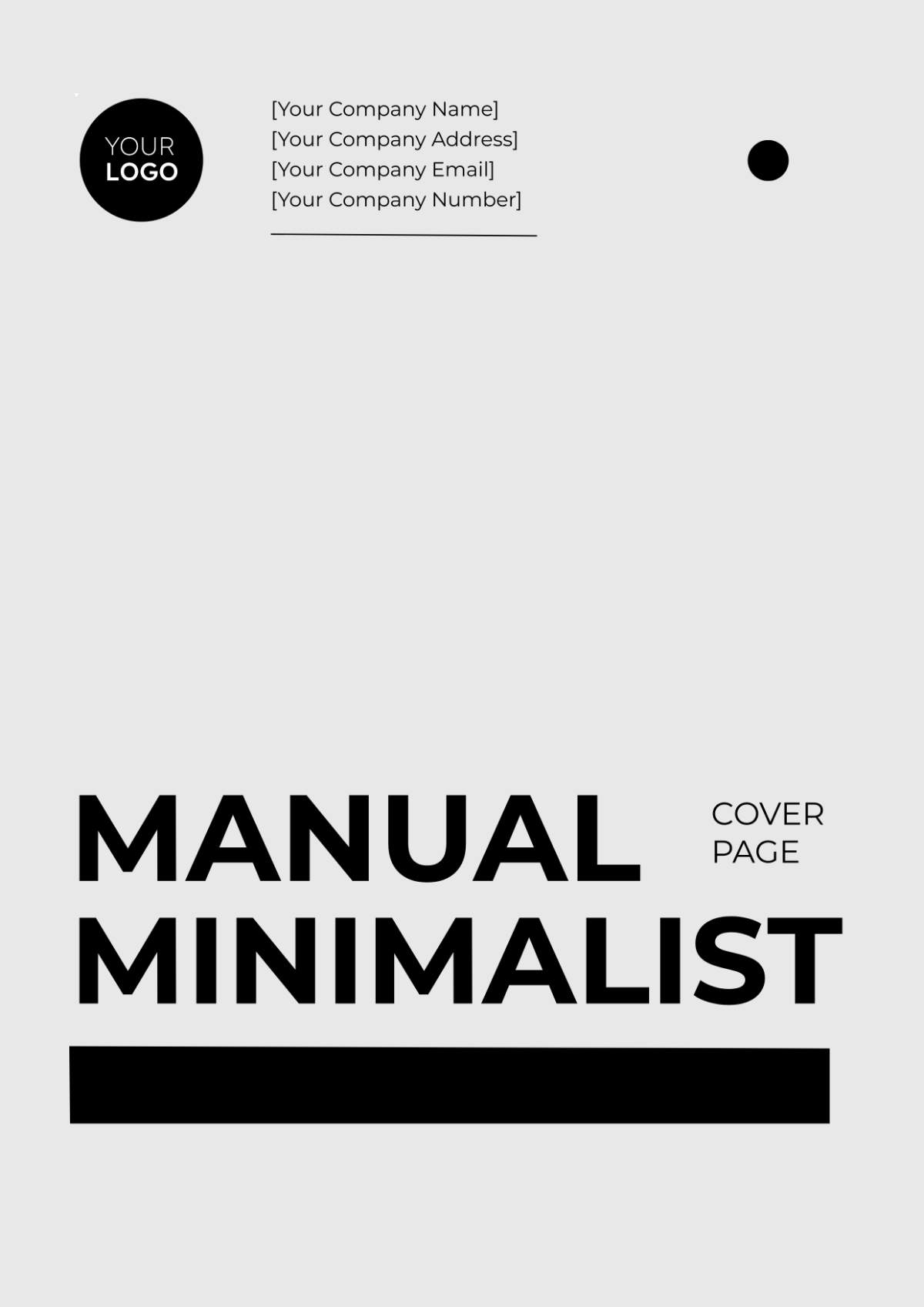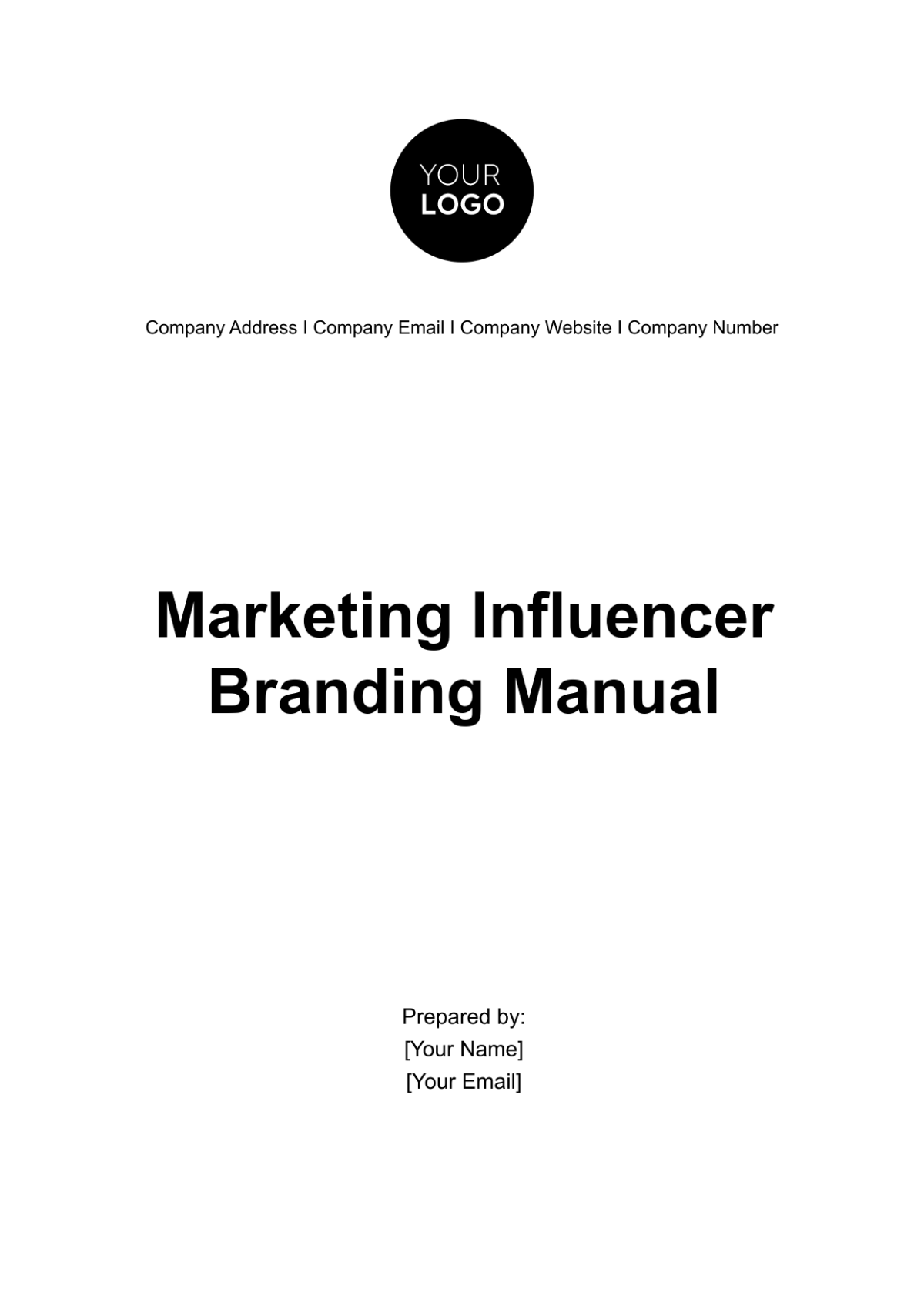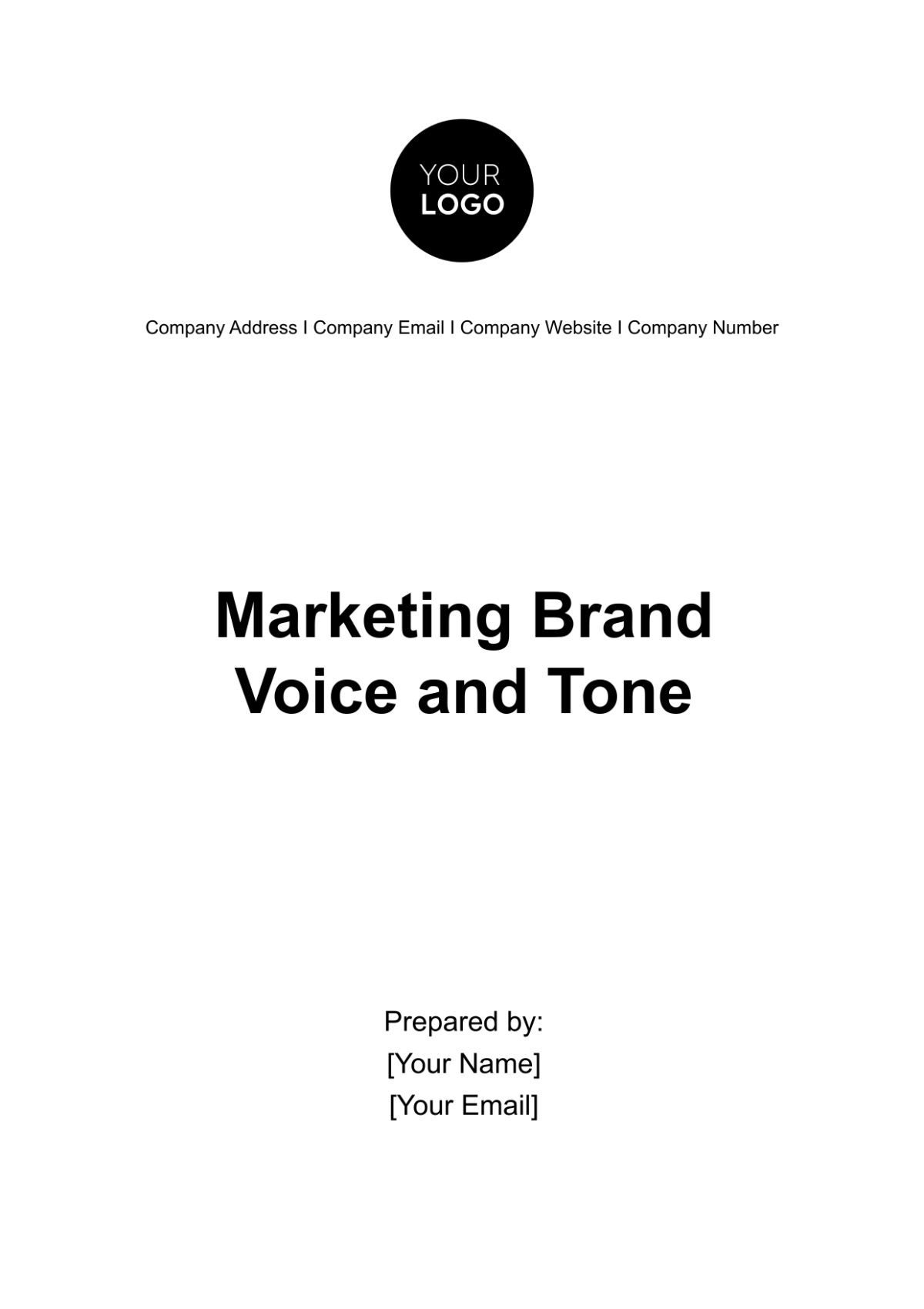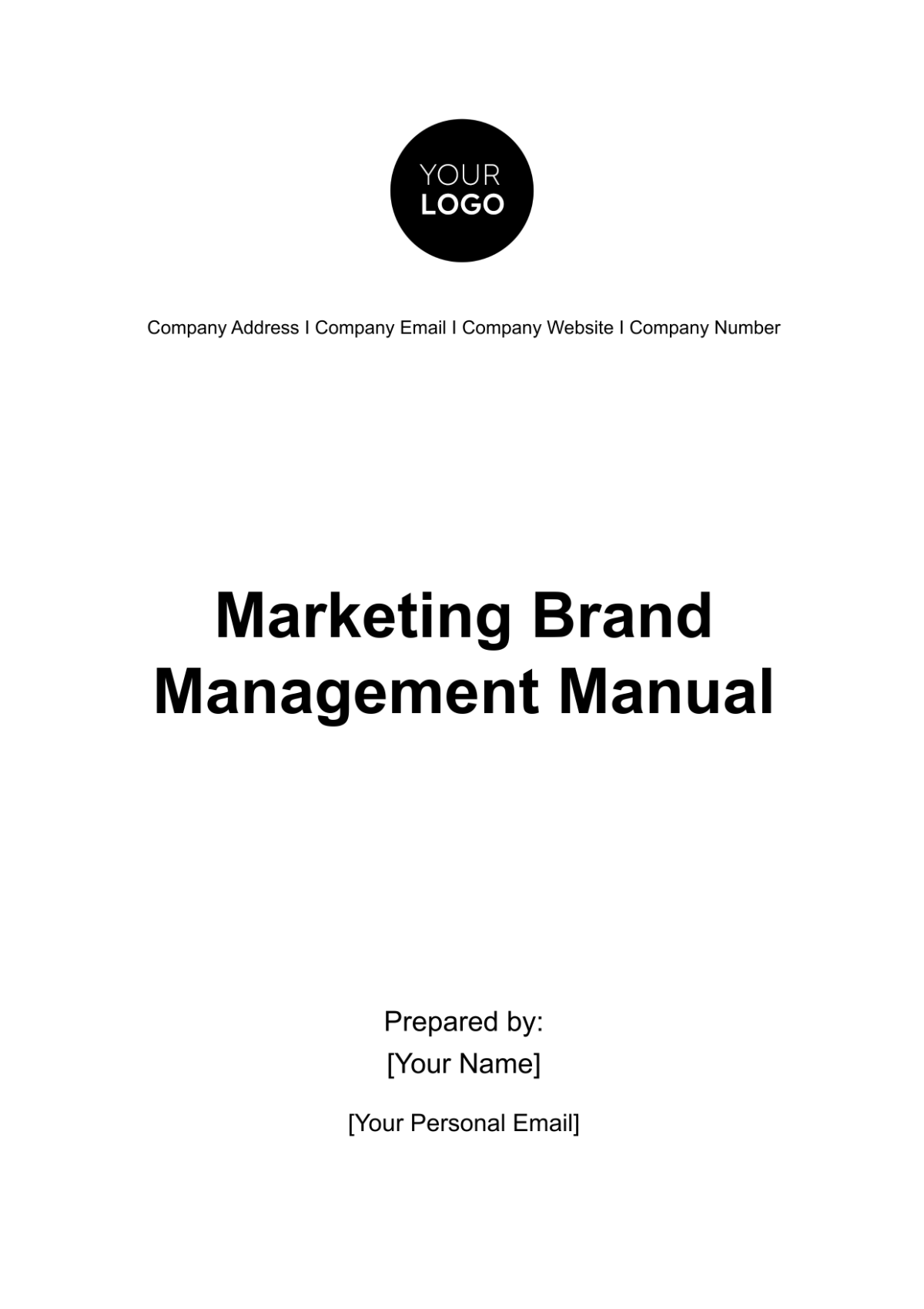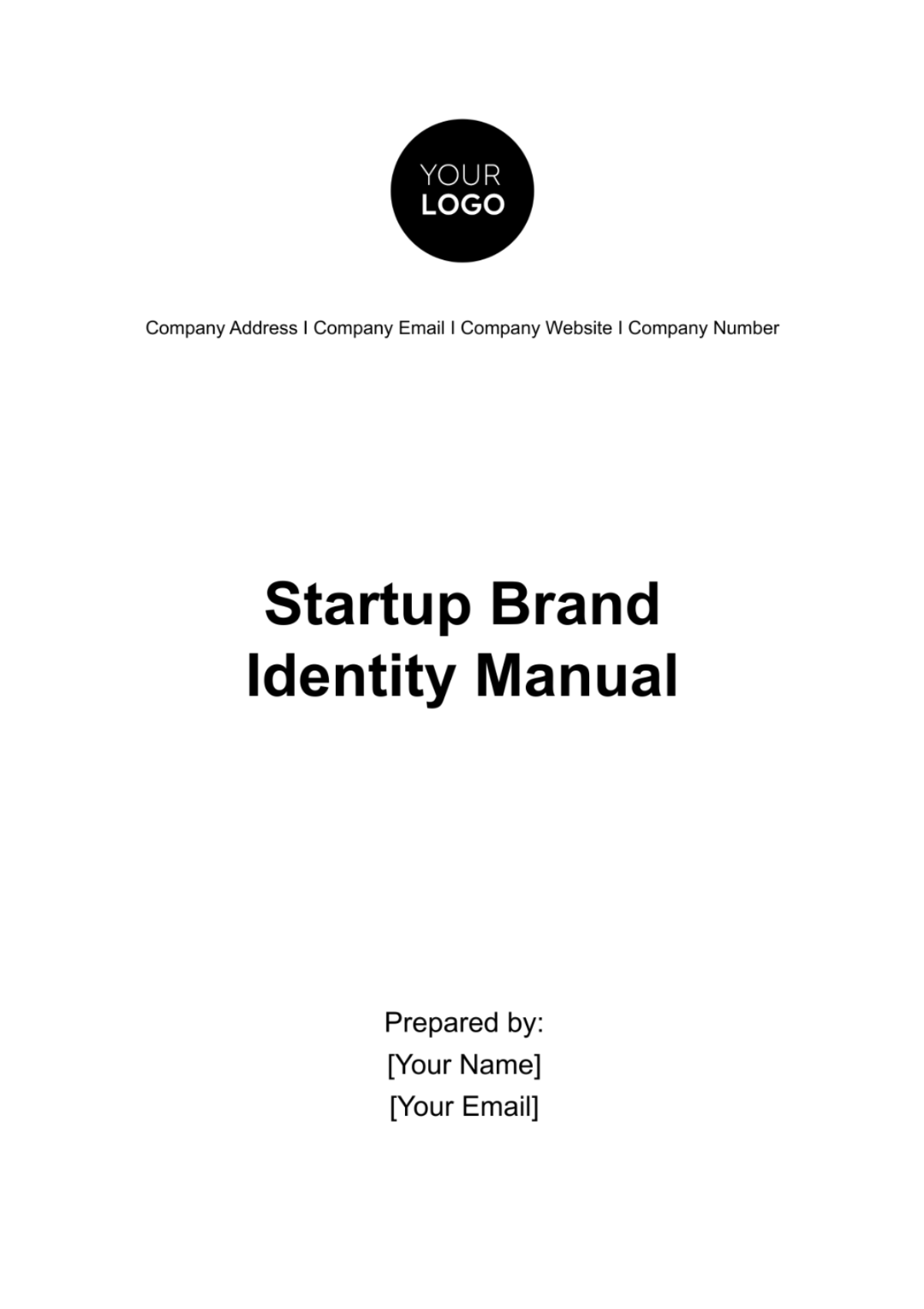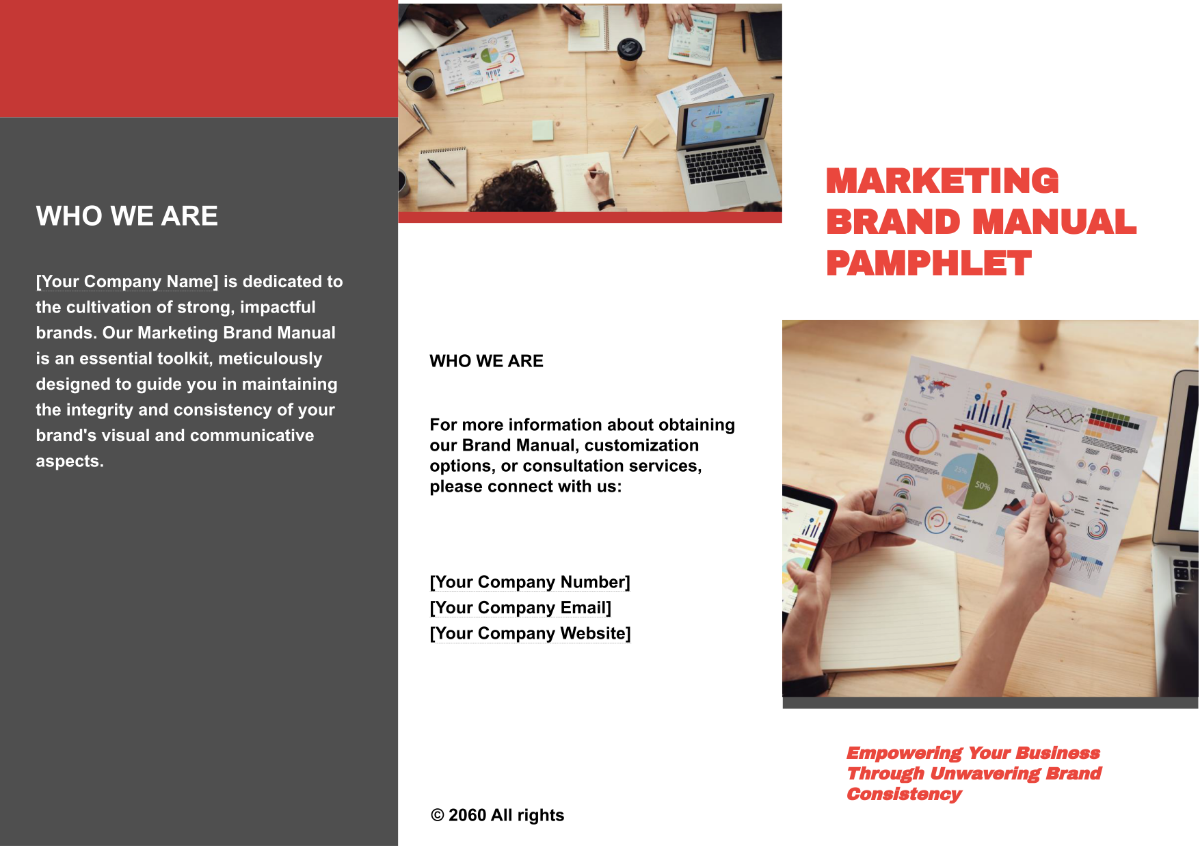Design Manual
Prepared by: [Your Name]
I. Introduction
This Design Manual provides comprehensive guidelines to standardize web design elements and enhance user experience. The goal is to ensure consistency across all web projects, maintain high design standards, and deliver a cohesive brand experience. This manual serves as a reference for designers, developers, and content creators involved in web design.
II. Design Principles
Visual Identity
The visual identity section covers the fundamental aspects of design that shape the overall look and feel of the website. It includes guidelines on:
Logo Usage: Logo placement, size, and clear space guidelines.
Color Palette: Approved color schemes for backgrounds, text, and accents.
Typography
Consistent typography enhances readability and brand recognition. Guidelines include:
Font Families: Primary and secondary fonts used across the website.
Text Styles: Font attributes for text elements (sizes, weights, line heights).
Typography Guidelines
Element | Font Family | Size | Weight | Line Height |
|---|---|---|---|---|
Headings | Arial, sans-serif | 24 pt | Bold | 32 px |
Body Text | Georgia, serif | 16 pt | Regular | 24 px |
III. Layout and Navigation
Page Layouts
Standard layouts ensure consistency and usability. Guidelines include:
Header: Placement of navigation menus, logo, and contact information.
Footer: Footer content including links and contact details.
Navigation
Effective navigation is critical for user experience. Guidelines include:
Menu Structure: Hierarchical organization of menu items.
Dropdown Menus: Design and functionality of dropdowns.
IV. User Interface Elements
Buttons
Buttons are essential for user interaction. Guidelines include:
Design: Styles for primary and secondary buttons.
States: Visual states (normal, hover, active, disabled).
Button Styles
Button Type | Background Color | Text Color | Border Radius | Padding |
|---|---|---|---|---|
Primary Button | #007BFF | #FFFFFF | 4 px | 10 px 15 px |
Secondary Button | #6C757D | #FFFFFF | 4 px | 8 px 12 px |
Forms
Forms are key for user input. Guidelines include:
Field Design: Layout and styling of form fields.
Validation: Error messages and validation cues.
V. Accessibility
Color Contrast
To ensure that text is readable by users with visual impairments, adhere to the following color contrast guidelines:
Contrast Ratio: Ensure a minimum contrast ratio of 4.5:1 for normal text and 3:1 for large text against the background color.
Tools: Use online tools like the WebAIM Color Contrast Checker to verify contrast ratios.
Text and Background: Choose text and background colors that provide sufficient contrast while maintaining the overall aesthetic of the website.
Keyboard Navigation
Ensure that all interactive elements are accessible via keyboard navigation by following these best practices:
Tab Order: Maintain a logical tab order that matches the visual layout of the page.
Focus Indicators: Provide visible focus indicators (e.g., borders or highlights) for all interactive elements such as links, buttons, and form fields.
Skip Links: Implement skip navigation links to allow users to bypass repetitive content and navigate directly to the main content.
VI. Branding Guidelines
Consistency
To maintain brand consistency across all web elements, follow these guidelines:
Brand Voice and Tone: Ensure that all written content adheres to the established brand voice and tone. This includes messaging, style, and language.
Design Elements: Use consistent design elements such as color schemes, fonts, and logo placement throughout the site to reinforce brand identity.
Templates: Develop and use templates for page layouts and content presentation to ensure uniformity across different sections of the website.
Imagery
Guidelines for using imagery effectively:
Stock Photos: Use high-quality, relevant stock photos that align with the brand’s image and messaging. Avoid generic or overused images.
Custom Graphics: Incorporate custom graphics and illustrations that enhance the brand’s visual identity. Ensure they are consistent in style and color with other design elements.
Image Quality: Use high-resolution images that maintain quality on all devices and screen sizes. Optimize images to balance quality and loading speed.
VII. Maintenance and Updates
Review Cycle
To ensure ongoing compliance with design standards:
Scheduled Reviews: Conduct regular reviews of the website’s design elements, functionality, and user experience to ensure they adhere to the established guidelines.
Feedback Mechanism: Implement a feedback mechanism for users and stakeholders to report design issues or inconsistencies.
Review Frequency: Perform comprehensive reviews at least twice a year, or more frequently if major updates or redesigns are undertaken.
Update Procedures
To maintain consistency and quality when updating design elements:
Update Protocol: Follow a structured protocol for making updates, including testing changes in a staging environment before deploying them to the live site.
Documentation: Document all changes made to design elements and content to keep a record of modifications and updates.
Approval Process: Implement an approval process for major design changes to ensure they meet quality and brand standards before going live.
[Your Company Name]
[Your Company Email]
[Your Company Number]
[Your Company Website]
